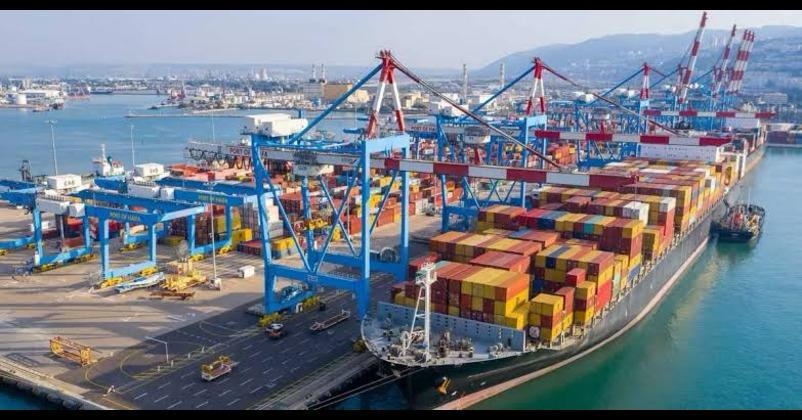INDIA’S SHIPBUILDING MOMENT MUST NOT BE MISSED
Total Views |

India is not yet a shipbuilding superpower. But it aspires to be.
The recent Nor-Shipping event in Oslo offered a glimpse into that ambition. For the first time, India set up a dedicated pavilion, signed international deals, and laid out a bold pitch to the world: we’re ready to build. Union Minister for Ports, Shipping and Waterways Sarbananda Sonowal’s presence at the event wasn’t just symbolic. It was a signal that India means business.
India’s shipbuilding capacity has historically remained under-leveraged. High costs, lack of financing, and competition from global giants have kept Indian shipyards working far below their potential. But that tide may finally be turning. The government has taken several forward-looking steps to energise the sector — including allowing ships to be accepted as collateral by Indian banks, a move that brings us closer to global financing norms.
Beyond the international pavilions and MoUs, a quieter transformation is unfolding along India’s coasts. Small shipyards, repair docks, and logistics hubs are generating employment, often in regions far from the spotlight. Jobs are being created, skills are being developed, and a maritime industrial base is gradually taking shape.
Shipbuilding has a natural fit with India’s development goals. It is labour-intensive, technology-driven, and export-oriented. The Maritime Amrit Kaal Vision 2047, championed by Prime Minister Narendra Modi, aims to position India among the top five shipbuilding nations in the world. With over 90% of India’s trade by volume already dependent on maritime transport. This ambition is not just strategic — it’s necessary.
There’s also a major environmental shift underway. As the world moves toward green fuels and low-emission vessels, shipbuilding is being redefined. India has already delivered its first green cargo ship to Norway. And with the right support, Indian yards can become competitive players in manufacturing hydrogen-powered ships, electric ferries, and hybrid tugs.
Interestingly, India already leads in one corner of this global value chain: ship recycling. Nearly one-third of the world’s scrapped ships are dismantled here. That ecosystem, when modernised, can complement shipbuilding efforts by providing materials, labour, and infrastructure at scale.
But for this momentum to convert into market share, India will need a sharper push—both policy-wise and commercially. Shipyard capacity must scale. Technology transfer and joint ventures must be encouraged. Indian shipping companies must start placing more orders with domestic yards. And across the board, legacy red tapism must give way to speed, clarity, and confidence.
Global interest is building. What remains to be seen is whether India can match its diplomatic outreach with domestic execution.
The Nor-Shipping event may have been India’s first. But with the Indian Maritime Week scheduled later this year in Mumbai, the country has another big opportunity to showcase its shipbuilding vision.
If India plays its cards right, this could be the decade it anchors itself among global maritime leaders.

